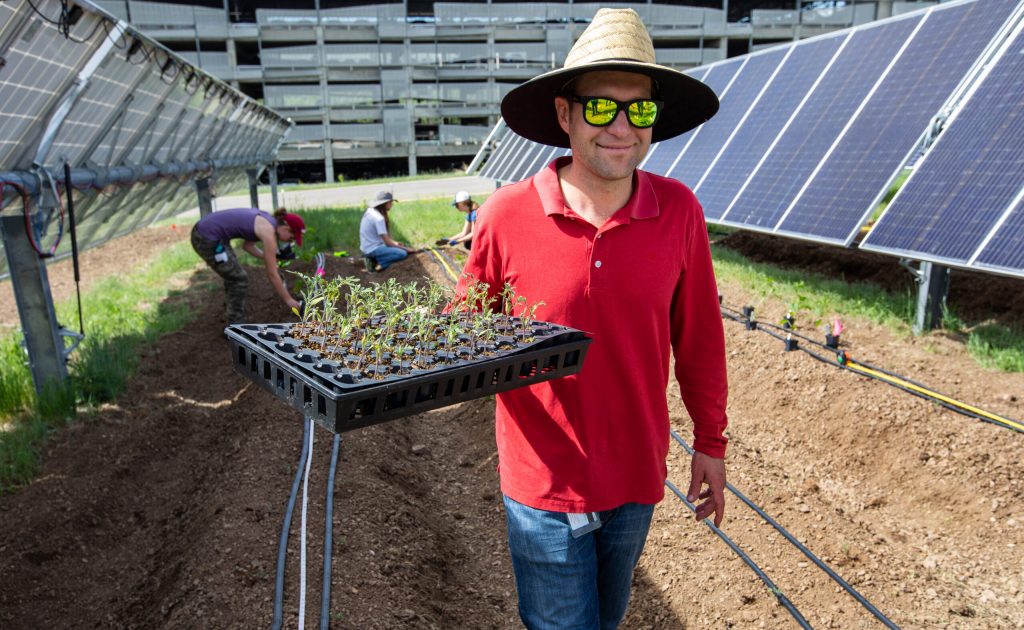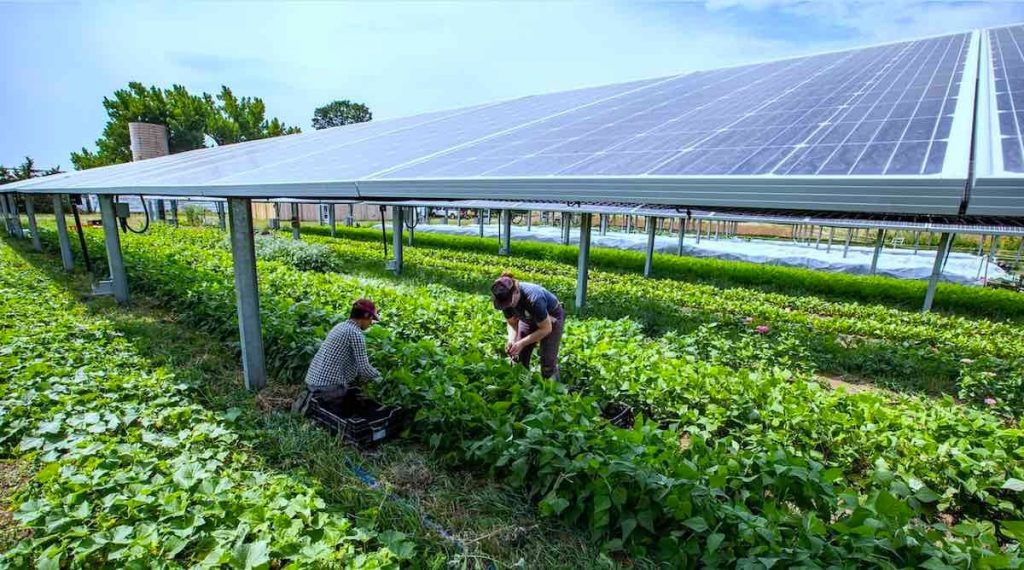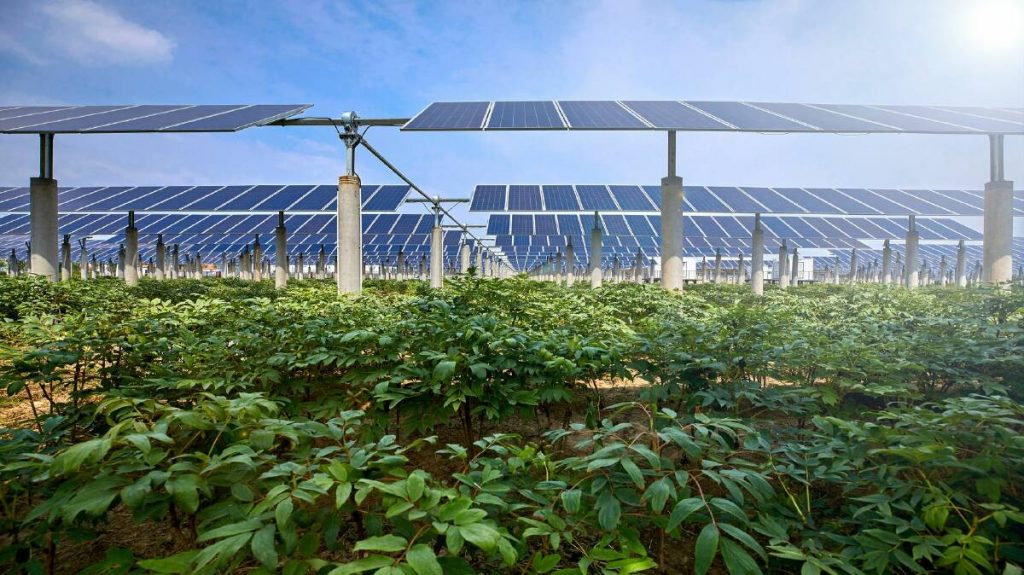Introduction
In recent years, solar energy has emerged as a key player in the renewable energy sector, providing sustainable solutions for various industries, including agriculture. The Farmer’s Guide to Solar Energy aims to equip farmers with insightful knowledge on harnessing solar power to improve their farming practices, reduce operational costs, and contribute to a greener planet. This guide will cover various topics, including the benefits of solar energy, different types of solar technology, suitable applications for farms, and practical steps for implementation.
The Benefits of Solar Energy for Farmers

1. Cost Savings
One of the most significant advantages of solar energy for farmers is the potential for cost savings. By generating their own electricity, farmers can significantly reduce or even eliminate their electricity bills. For farms that rely heavily on electricity for operations such as irrigation, cooling, heating, and processing, these savings can translate into thousands of dollars annually. Additionally, solar energy systems often come with government incentives and tax credits, making the initial investment more manageable.
2. Energy Independence
Solar energy empowers farmers by offering them energy independence. With a solar power system installed, farmers are less affected by fluctuations in energy prices and supply issues. This autonomy can prove invaluable during peak seasons when energy demands are high, ensuring consistent operations without reliance on external energy sources.
3. Environmental Benefits
Adopting solar energy practices reduces a farm’s carbon footprint, contributing to sustainability and environmental stewardship. By utilizing renewable resources, farmers can play a proactive role in combatting climate change and promoting biodiversity. Furthermore, solar energy systems produce no harmful emissions during operation, making them a cleaner alternative to fossil fuels.
4. Increased Property Value
Investing in solar energy can enhance the value of agricultural properties. As more consumers and businesses prioritize sustainability, properties equipped with solar technology are often considered more desirable. Farmers who invest in solar technology not only secure a powerful tool for their operations but also increase the attractiveness of their land for future buyers.
Types of Solar Technology
1. Solar Photovoltaic (PV) Systems
Solar PV systems are the most common type of solar technology used in agriculture. These systems convert sunlight into electricity through solar panels made from semiconductor materials. Farmers can install these panels on rooftops, barns, or in open fields, depending on the available space and sunlight exposure. The generated electricity can be used to power farm operations or fed back into the grid.
2. Solar Thermal Systems
Solar thermal systems capture sunlight to produce heat rather than electricity. These systems are beneficial for farms that require heating, such as greenhouses or in processes like drying crops. They utilize solar collectors to absorb and transfer heat to water or air, significantly reducing heating costs and improving energy efficiency.
3. Concentrated Solar Power (CSP)
CSP systems use a series of mirrors or lenses to focus sunlight onto a small area to generate heat. This heat can produce steam that drives a turbine to generate electricity. While CSP is less common in agricultural applications than PV systems, it can be effective for large-scale farms in sunny areas that can benefit from high-temperature applications like irrigation or water heating.
Applications of Solar Energy in Agriculture
1. Irrigation
With increasing concerns about water scarcity, efficient irrigation systems powered by solar energy are becoming increasingly valuable. Solar-powered pumps can efficiently supply water to crops while reducing dependence on grid electricity.
2. Greenhouse Heating
For farmers who rely on greenhouses, solar thermal energy can provide a sustainable heating source. By using solar collectors to capture and store heat, farmers can create optimal growing conditions for plants while minimizing energy costs.
3. Crop Drying
Solar energy can also be applied in the crop drying process. Farmers can use solar dryers, which rely on sunlight to remove moisture from crops, thus preventing spoilage and extending shelf life without increasing energy costs.
4. Livestock Operations
Solar energy can enhance livestock facilities as well. From lighting barns to powering ventilation systems, solar installations can help maintain ideal conditions for animal health and productivity, translating into increased yields for farmers.
5. Electric Fencing and Equipment
Farmers can also use solar energy to power electric fencing and other farming equipment. Solar-powered fencing systems provide protection for crops and livestock while significantly reducing operational costs.
Steps to Implement Solar Energy in Farming

1. Assess Energy Needs
The first step in implementing solar energy is to assess the farm’s energy needs. Understanding current energy consumption is crucial for determining the size and type of solar power system required.
2. Evaluate Solar Potential
Next, farmers should evaluate their property’s solar potential. This assessment involves examining factors like roof orientation, shade from trees or buildings, and the geographic location. Tools and resources are available to estimate the solar energy that can be harnessed based on local sunlight exposure.
3. Research Funding Options
To make solar installation more affordable, farmers should explore available funding options. Many governments offer grants, loans, and tax incentives to encourage the adoption of renewable energy. Consulting with local agricultural organizations can provide insights into available financial assistance programs.
4. Choose the Right Solar System
After evaluating energy needs and solar potential, farmers can select the appropriate solar technology for their operations. Consulting with solar energy professionals can provide tailored recommendations based on specific farming requirements.
5. Installation
Once the system is selected, farmers can proceed with the installation process. It’s crucial to work with experienced contractors who are familiar with agricultural settings to ensure a successful implementation.
6. Monitor and Maintain
Finally, continuous monitoring and maintenance of the solar system are essential for optimal performance. Regular checks ensure that the system operates efficiently and that any issues can be addressed promptly.
Conclusion
The integration of solar energy into farming practices presents significant advantages for farmers looking to improve efficiency, reduce costs, and contribute to sustainability. By understanding the benefits, types of solar technology, applications, and steps for implementation, farmers can harness this renewable energy source to enhance their operations. As the agricultural sector continues to evolve, embracing solar energy will play a critical role in shaping the future of sustainable farming.

